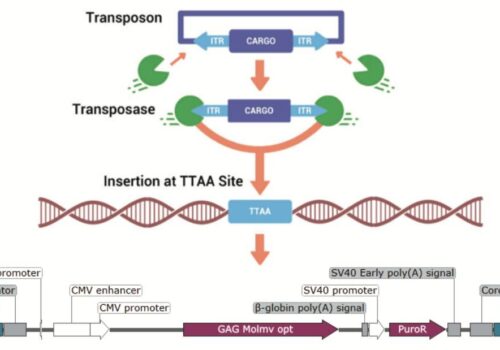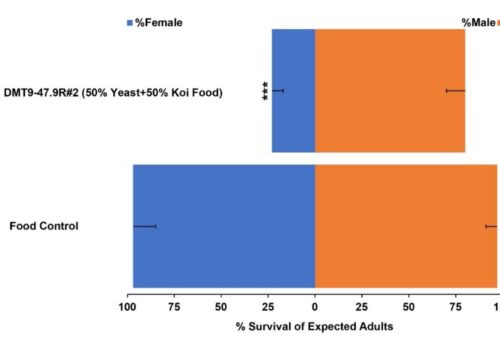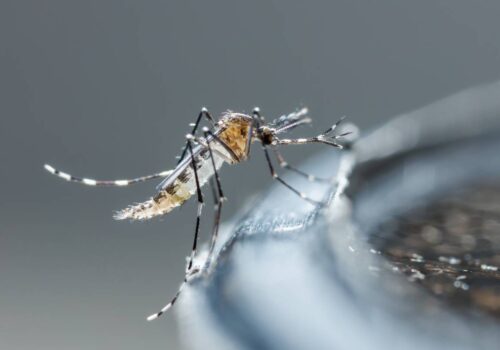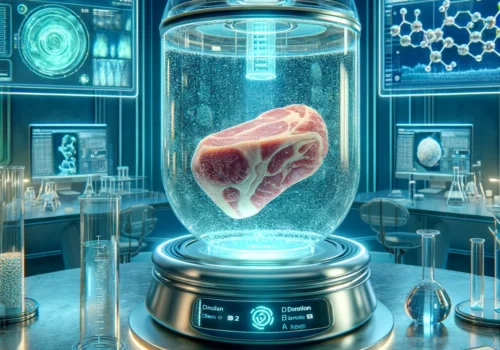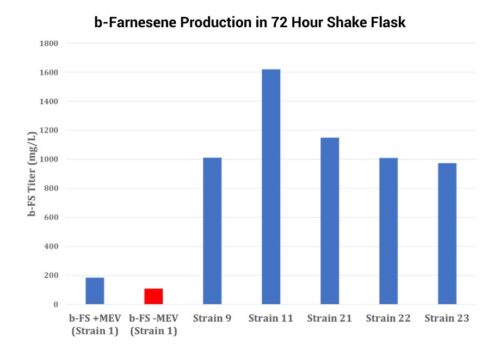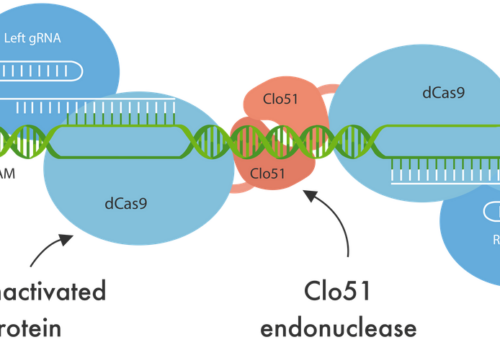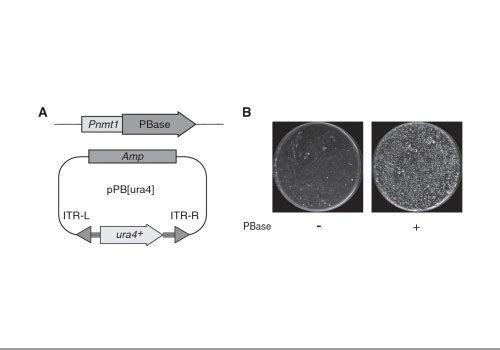Rajendra et al. (2017)
Evaluation of piggyBac-mediated CHO pools to enable material generation to support GLP toxicology studies
Abstract
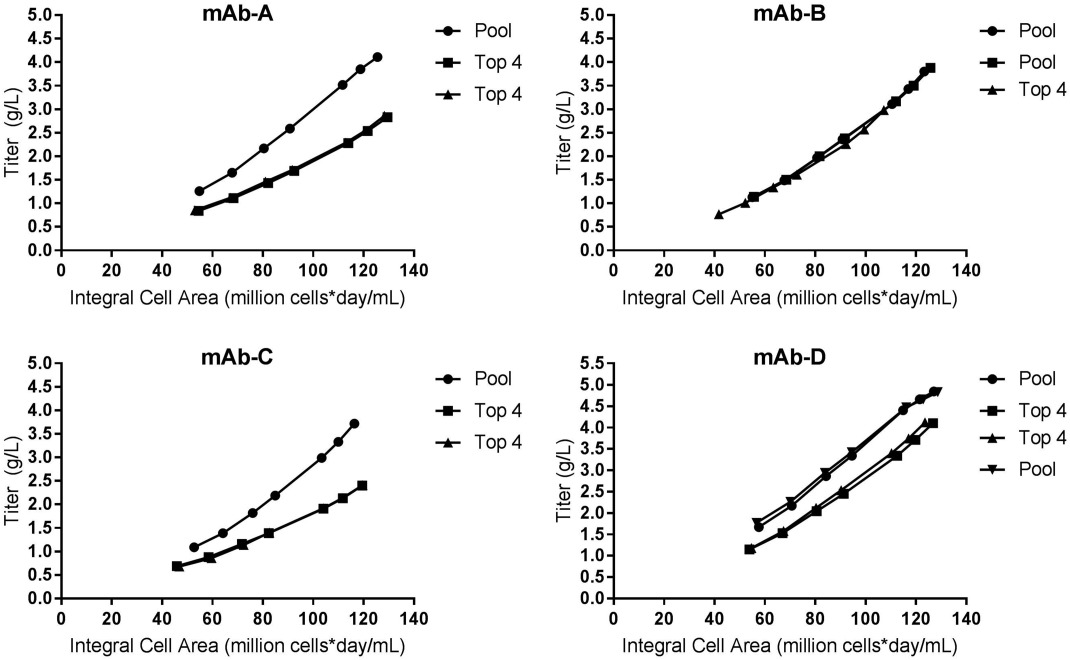
Generating purified protein for GLP toxicology studies (GLP-Tox) represents an important and often rate limiting step in the biopharmaceutical drug development process. Toxicity testing requires large amounts of therapeutic protein (>100 g), typically produced in a single 500-2,500 L bioreactor, using the final CHO clonally derived cell line (CDCL). One approach currently used to save time is to manufacture GLP-Tox material using pools of high-producing CHO CDCLs instead of waiting for the final CDCL. Recently, we reported CHO pools producing mAb titers >7 g/L using piggyBac-mediated gene integration (PB CHO pools). In this study, we wanted to leverage high titer PB CHO pools to produce GLP-Tox material. A detailed product quality attribute (PQA) assessment was conducted comparing PB CHO pools to pooled Top4 CDCLs. Four mAbs were evaluated.
First, we found that PB CHO pools expressed all four mAbs at high titers (2.8-4.4 g/L in shake flasks). Second, all four PB CHO pools were aged to 55 generations (Gen). All four PB CHO Pools were found to be suitable over 55 Gen. Finally, we performed bioreactor scale-up. PB CHO pool titers (3.7-4.8 g/L) were similar or higher than the pooled Top 4 CDCLs in 5 L bioreactors (2.4-4.1 g/L). The PQAs of protein derived from PB CHO pools were very similar to pooled Top 4 CHO CDCLs according to multiple orthogonal techniques including peptide mapping analysis. Taken together, these results demonstrate the technical feasibility of using PB CHO pools to manufacture protein for GLP-Tox. © 2017 American Institute of Chemical Engineers Biotechnol. Prog., 33:1436-1448, 2017.
Additional Resources
More to help guide your gene editing implementation journey

